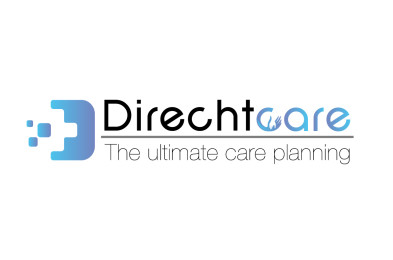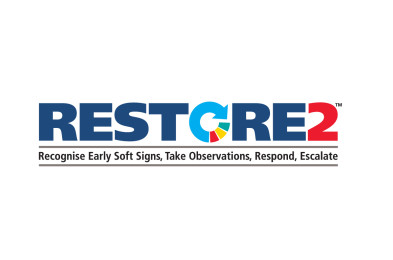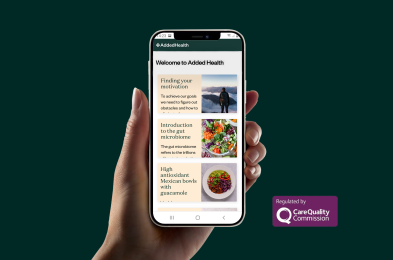 Proven innovation
Proven innovation
Digital Care Home
Reduces non-elective admissions with digital care home monitoring/telehealth in care homes.
About
The digital care home service coordinates the monitoring of blood pressure, temperature, weight, heart rate, C02, Sp02 and risk of undernutrition. The service acts as an early warning system, highlighting changes in health which may otherwise go unnoticed.
The service can also include MIST and National Early Warning Scores (NEWS) monitoring.
The service can be accessed by health and social care staff via desktop or by logging into the Inhealthcare Professional app. The data integrates into clinical systems, meaning it can be accessed by NHS teams remotely. Staff can input residents' readings directly into the portal using the app offline, without the need for a WiFi connection.
The service can be used to intensively monitor patients discharged from hospital and data can be reviewed by NHS teams including an NHS 111 operator or a GP.
Benefits
- Highlights early signs of deterioration: Using the digital care home service, Southern Health and Social Care Trust were able to increase monitoring of risk of undernutrition from once every six weeks to weekly.
- Reduces non-elective admissions: The service increases compliance around care and enables timely intervention, reducing non-elective secondary care admissions.
- Coordinates working between care homes and the NHS: Integration with clinical systems including SystmOne and EMIS Web improves coordination between the NHS and care homes allowing effective use of specialised community nursing teams.
- Supports earlier hospital discharge and reduces delayed transfers of care: Clinicians can be confident that patients’ needs will be met within the care home, increasing capacity within hospitals.



